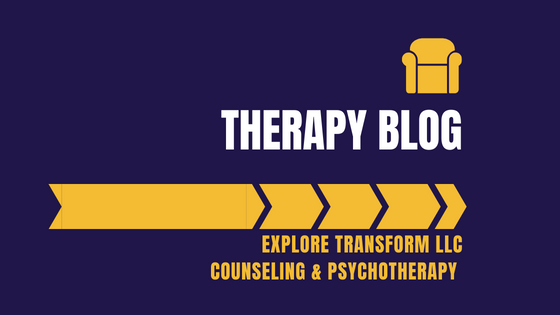|
I am delighted to collaborate with Bergen County Academies to present on The Harm of the Male Label.
Please get in touch if you would like further information [email protected] Chris Warren-Dickins LLB MA LPC Psychotherapist www.exploretransform.com #FindATherapist, #ridgewood, #BergenCounty, #NewJersey, #teletherapy, #Find#Counselor, #Counseling, #Psychotherapy, #MentalHealth, #Depression, #Anxiety, #Trauma, #Stress |
Due to the COVID-19 health crisis, we are only offering sessions online.
Our address is 143 E Ridgewood Ave, #1484, Ridgewood, NJ 07450
Telephone: +1-201-779-6917
Lead clinician: Chris Warren-Dickins LLB MA LPC
EXPLORE TRANSFORM LLC
Our address is 143 E Ridgewood Ave, #1484, Ridgewood, NJ 07450
Telephone: +1-201-779-6917
Lead clinician: Chris Warren-Dickins LLB MA LPC
EXPLORE TRANSFORM LLC
© COPYRIGHT 2024 CHRIS WARREN-DICKINS. ALL RIGHTS RESERVED. NJ LICENCE # 37PC00618700



 RSS Feed
RSS Feed
